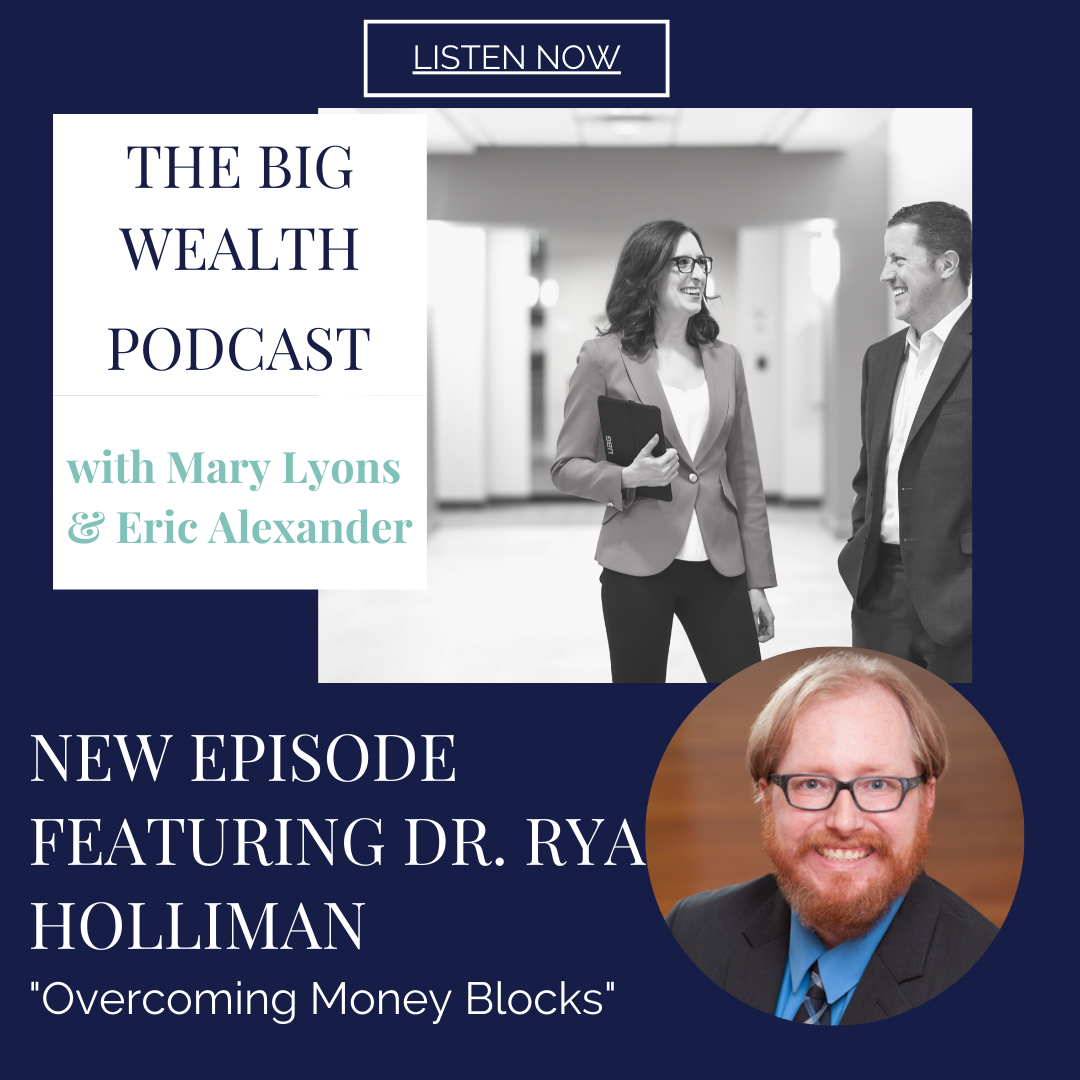Lifestyle Income (Passive Income) is more important than net worth.
We live in a world that glorifies the rich. We read articles aggrandizing the highest net worth’s in the country. We glorify those who have 7 figures or more in the bank.
The idea of wealth that the media portrays is one of fancy cars and deep pockets. But the wealthiest people I know are the ones that have income. It’s income that creates freedom. It’s income that creates lifestyle.
I recently read Justin Donald’s book “The Lifestyle Investor” and it hit home in so many ways. He tells a story of being at a resort and a fellow vacationer says, “I have your net worth, but not your lifestyle.” And that says it all if you ask me.
We would all be so much better off if we focused on building income rather than net worth. We could retire earlier or start the business we’ve always dreamed of.
Here’s what I mean. (And this is an extreme example, but it’s meant to bring the point home.)
It takes about $10,000,000 to create $300,000 of sustainable income in the stock market. The industry agrees that the safe withdrawal rate in retirement, regardless of allocation, is around 3% if you want your income to keep up with inflation and last for at least 30 years.
How do we know this? Most think tanks, financial institutions, academics, and hacks have run something called a monte carlo simulation that comes to this conclusion. And because we are all using the same historical data, the results are usually the same.
A Monte Carlo simulation takes historical returns and runs simulations randomizing the returns and tracking how long the money lasts at various withdrawal rates. For a better than 90% chance of successfully taking income over 30 years, the results indicate that 3% is safe whether you are in the S&P 500, all bonds, or a blended portfolio.
That means for every 1,000,000 you save up you can spend 30,000 a year in income. You may not have a million when you graduate from the planet, but you probably won’t go broke during your lifetime either.
We are taught to put all of our savings into the market, but really, that’s inefficient when you are trying to create income.
Here is an alternate route that I am pursuing.
I have saved money into a whole life policy built specifically for cash value growth and internal rate of return. This contract has been funded so I can borrow against the cash value while all of my assets remain compounding and growing tax deferred.
I borrowed 85,000 to buy a lot in Broken Bow Oklahoma. I put that money down and did a combo lot/construction loan. Between my cash and the bank loan I have access to 850,000. I am building a 3500 square foot home with 3 masters (all with en-suite bathrooms), 1 bunk room that sleeps six, two living rooms, and a view that’s amazing. That puts my cost per square foot at $243. Houses in Broken Bow are currently selling for 350-400 a square foot. So, when my house is complete, it should be worth between 1,225,000 and 1,400,000. Even if I assume my carry costs were 15,000 during construction and it costs $50,000 to furnish the house, I would have put in $150,000 to build an additional $375,000- 550,000 of equity. (Plus, I still have my original 85,000.) That’s a huge return.
But that’s really just the bonus. The real play here is the income.
Based on my research, houses like the one I am building are renting for 700-1200 a night, depending on location, interior design, and season. Occupancy rates prior to COVID were about 60%. Currently for modern houses the occupancy rate is 98%. Let’s use the low end of both numbers. We are going to assume 60% occupancy at $700 a night.
That’s revenue of $153,000 a year.
Here are the expenses.
Annual mortgage assuming 765,000 starting loan balance at 4% over 30 years: $43,827
Property insurance: $12,000
Property taxes: $7560
Cleaning, Property management, etc.: $30,000
Total Expenses: $93,387
Total net income: $59,613
Assuming some fudge room here, it seems safe to say that with conservative numbers take home should be about $50,000 a year.
Assuming I can do this 6 times, that’s $300,000 of income. It would take me $900,000 (150,000 x 6) to create it. And if I use my insurance contract – all of my money is still earning, and I used the insurance company’s money for my down payments. My plan is to let the rent replenish my loans against my policies, then use that income for other projects.
One of these strategies is much more efficient at creating income. One of them has a much faster timeline.
Why do things the traditional way if being creative can get you there faster?
To be clear – I am not making a recommendation here. I am just relaying a focus on income creation is more efficient than traditional market-based strategies. How long would it take you build up $10,000,000 in the stock market? How long would it take you to build a million? Add a year for building houses. Which gets you where you want to go faster?
There are always income-creating opportunities. You just need to look for them and you will start to find them. How you acquire them will impact your long-term wealth. But that’s a story for another article.
What is the purpose of saving?
You may read that question and think it’s a silly question. But it’s not. It’s a very important question.
Initially we save so that we have an emergency fund: a liquid pool of capital that we can tap if we have emergencies or opportunities.
Once we have that in place, why do we keep saving?
The answer is simple: to create income in retirement.
We are taught to measure rate of return based upon our growing net worth. I would argue that is the wrong measurement. If my end goal is income, then my rate of return should be measured on how much income I can generate with my assets.
But that’s not what we are taught. As consumers we are trained to focus on generating a high net worth. Magazines post articles featuring billionaires and millionaires, with their net worth listed next to their pictures. We are taught to use it as a score card. Advisors ask each other how big is your book – meaning how many dollars are you managing?
Ultimately net worth is an interesting number to measure but it isn’t the most important.
Income determines lifestyle. So I would definitively sat that lifestyle income (also known as passive income) is the true measurement of wealth. If you have assets that don’t produce income you may be rich on paper, but who cares how much money you have if it doesn’t help you create the life you want?
True wealth occurs when your income comes in no matter how you spend your time. That’s how you know you are truly wealthy.
This is why our strategies matter. They are designed to optimize your retirement income potential. And if it take less net worth to get to the same income, because our plans are more efficient, that means you can enjoy more of your money today and still enjoy it tomorrow.
Registered Representative and Investment Advisor Representative of and securities offered through OneAmerica Securities, Inc., a Registered Investment Advisor, Member FINRA, SIPC. Benchmark Income Group is not an affiliate of OneAmerica Securities and is not a broker dealer or Registered Investment Advisor. Provided content is for overview and informational purposes only and is not intended and should not be relied upon as individualized tax, legal, fiduciary, or investment advice. All numeric examples were used for explanatory purposes only. Actual results may vary. Life insurance should be purchased by individuals that have a need to provide a death benefit to protect others with insurable interests in their lives against financial loss. Life insurance is not a retirement plan, investment, or savings account.

